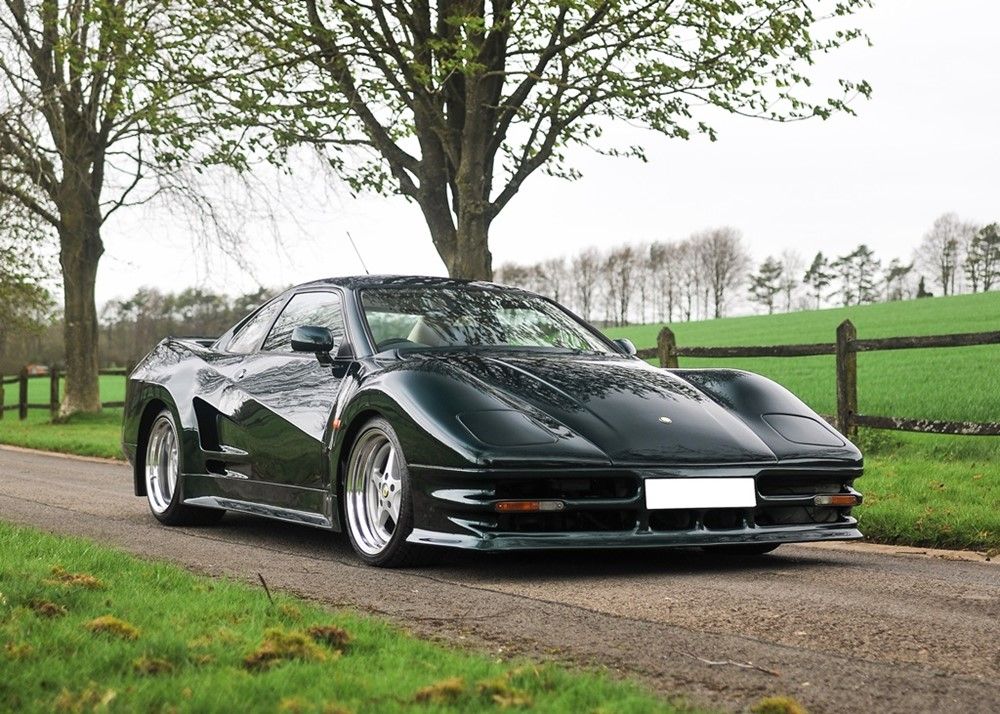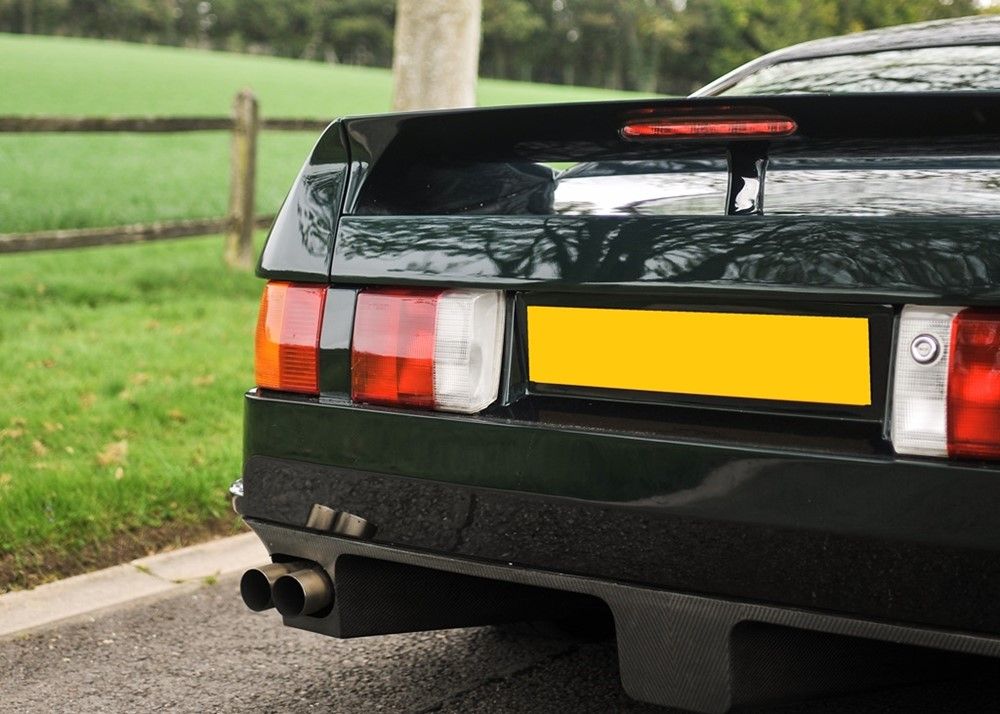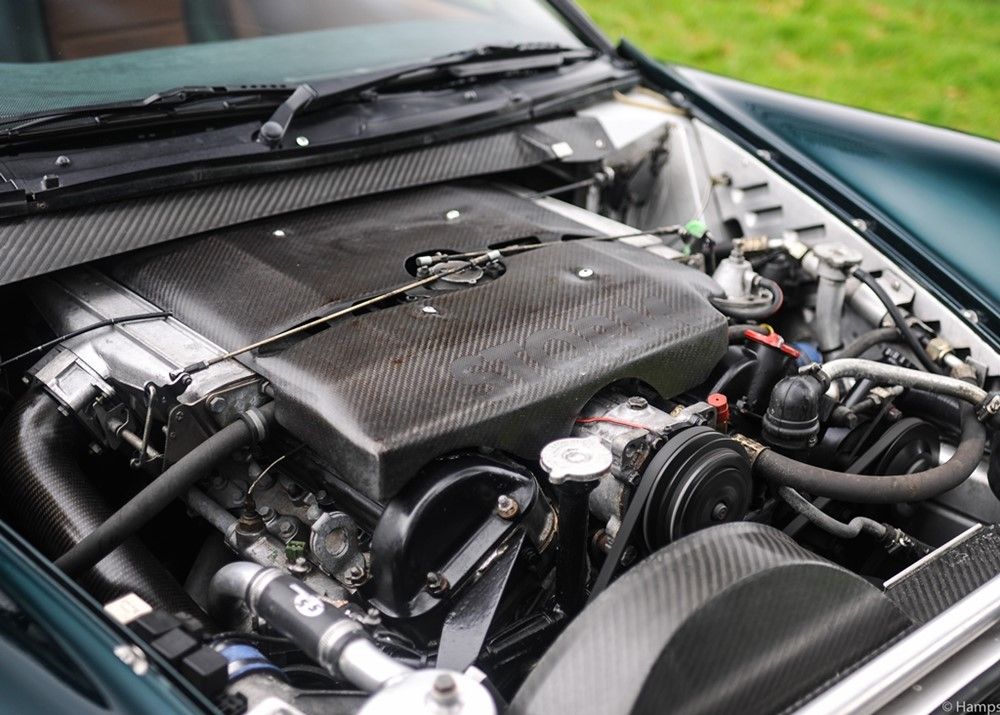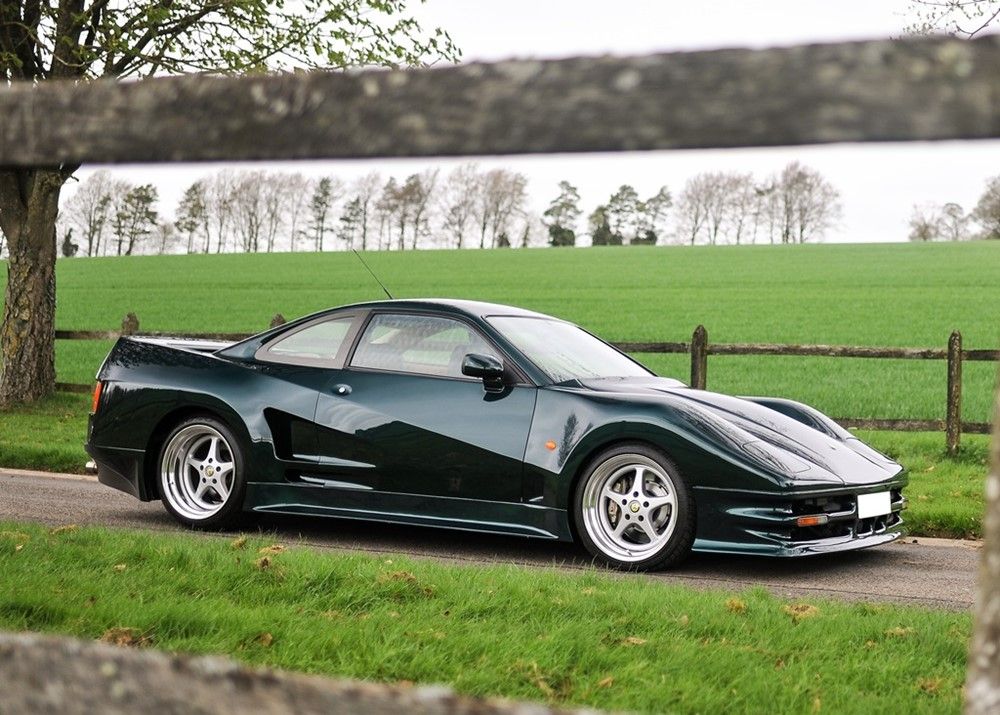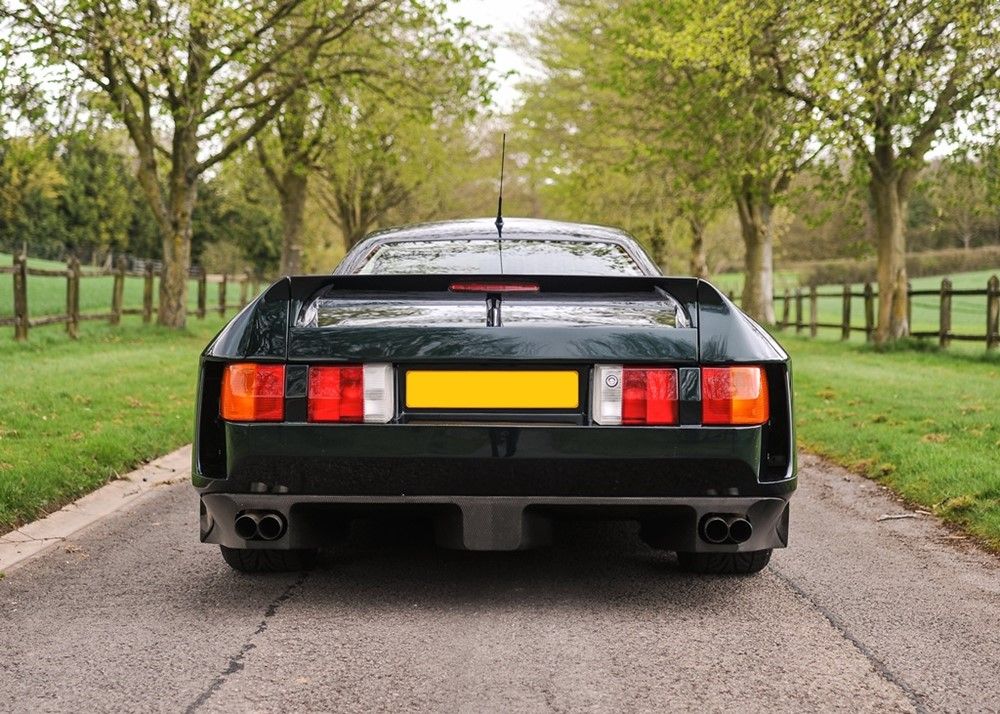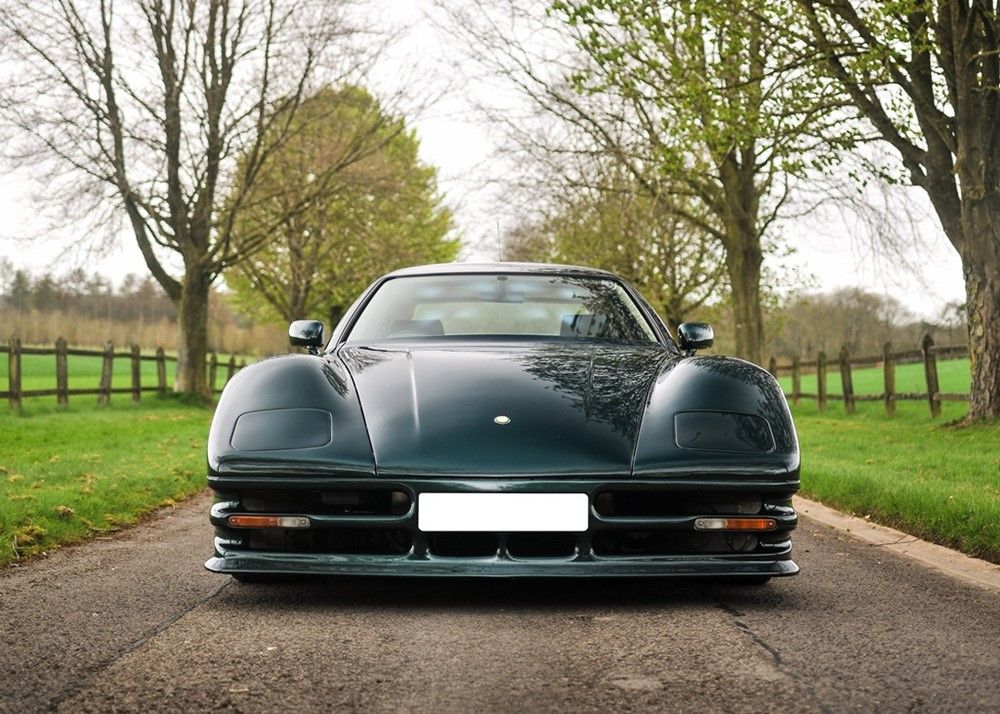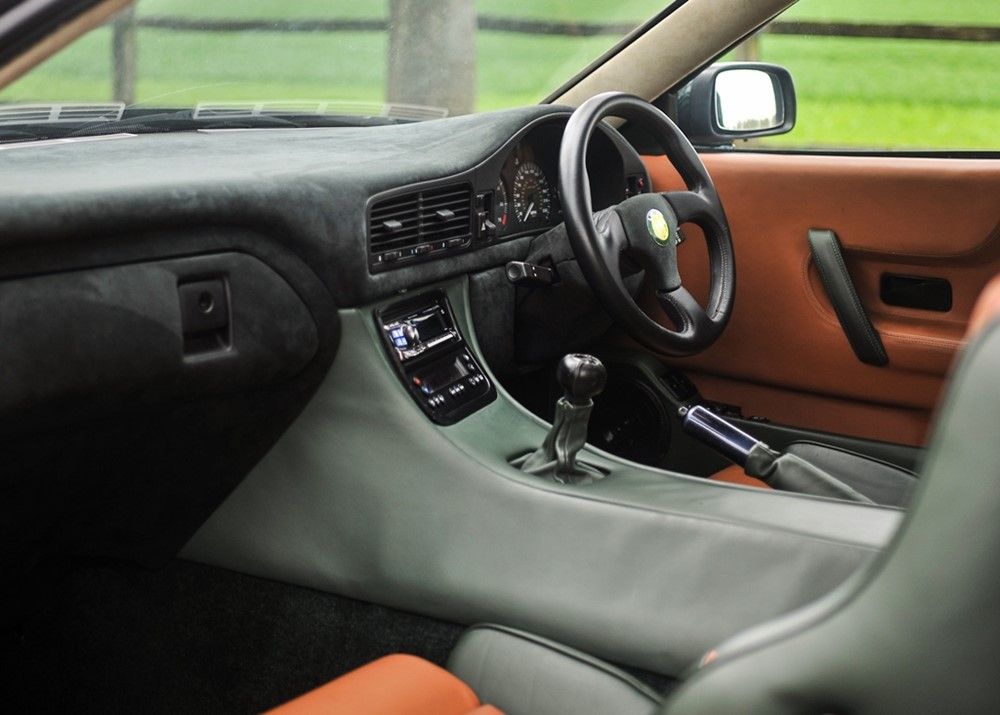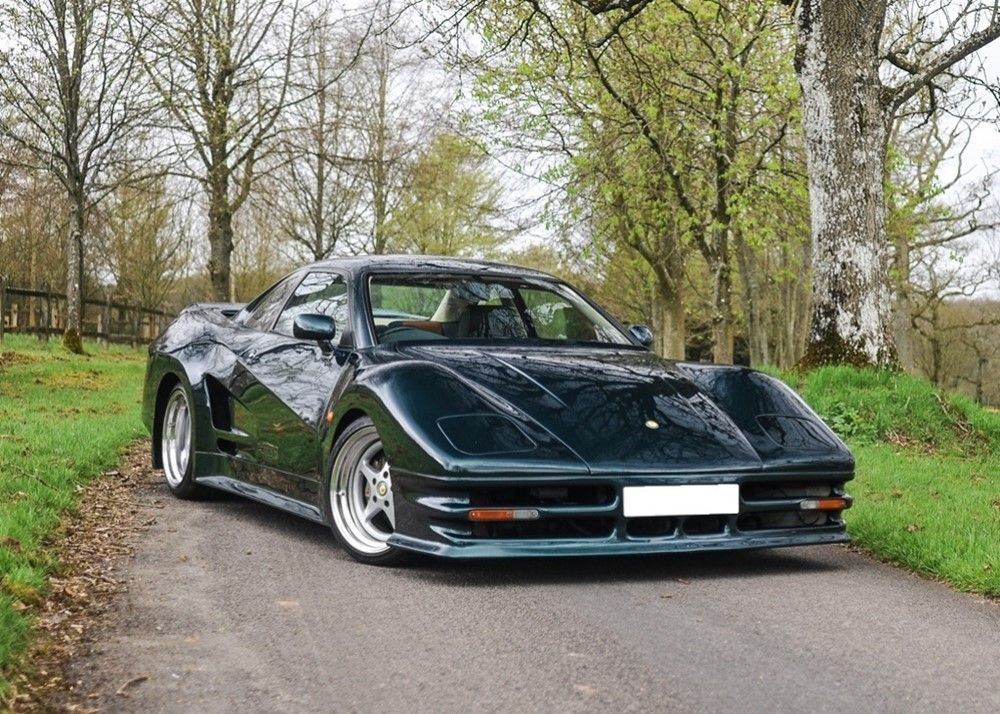If you are familiar with the GT racing series, you’ve probably come across the name Lister. The British manufacturer was founded in 1954 by Brian Lister and has been known mostly for making faster versions of Jaguars – something the company still does to this day. In 1993, they introduced their own car – the Storm V-12. There are many interesting facts surrounding the Lister Storm and you want to know about them. Here’s everything you need to know about the Storm V-12.
It was a GT homologation car
The primary purpose of the Lister Storm was to go racing. As you know, a certain number of cars need to be built and sold to the public in order for the race version to compete. It debuted at the 1995 24 Hours of Le Mans in the form of the Lister Storm GTS. It competed in the GT1 class against cars like the Ferrari F40 LM, McLaren F1 GTR, and Jaguar XJ220S. It failed to finish the race, however, due to transmission failure.
Very few were built
As with many 1990s supercars, the Lister Storm was built in very limited numbers.
It has a Jaguar racing engine
Hardly a surprise, given the connection between Lister and Jaguar. Still, it’s worth mentioning that even the street versions of the Storm had the same 7.0-liter SOHC Jaguar V-12 engine as the competition ones. The engine itself was a bored and stroked version of the one used in the Jaguar XJR-9 racecar. In the Storm, the 7.0-liter unit produced 546 horsepower (407 kW) at 6,100 RPM and 583 pound-feet (790 Nm) at 3,450 RPM.
|
Engine |
7.0-liter SOHC Jaguar V-12 |
|---|---|
|
Horsepower |
546 HP @ 6,100 RPM |
|
Torque |
583 LB-FT @ 3,450 RPM |
One of the heartbroken supercars
Lister Storm came out in the 1990s and was produced for only two years – 1993 and 1994. At that time, many other supercars were introduced, the majority of which were from established manufacturers. We're talking about cars like the Lamborghini Diablo, Bugatti EB110, Jaguar XJ220, and many others.
It borrows its taillights from an unusual place
Apparently, it was quite common for British car makers to borrow exterior and interior parts from various more affordable cars back in the day. This goes double for small manufacturers with no prior history of making their own cars. The Lister is among them and if you look at its taillights you might recognize them. They come straight out of an Audi 80 B3. The only difference is that, on the Lister, they are split into two separate clusters on each side.
It wasn’t the most successful racecar
As we mentioned, the Storm’s first appearance on a racetrack was at the 1995 24 Hours of Le Mans. The car’s gearbox gave out after 40 laps. This was the start of Lister’s mediocre racing career, full of breakdowns and crashes.
It was the fastest four-seater for over a decade
Did we mention the Lister Storm was a four-seater? It may have been a GT homologation car, but in street trim, it was actually a gran-tourer that could seat four. At the same time, the Jaguar V-12 racing engine that was mated to a six-speed Getrag manual allowed for some epic performance figures. The 0-62 mph (100 km/h) was in 4.2 seconds and the top speed was 208 mph (335 km/h). This made the Lister Storm, the fastest four-seater in the world. It kept that record for over 10 years until a Brabus-modified Mercedes CLS showed up.
It made up for Jaguar’s missed opportunity
Although the Jaguar XJ220 does not count among the obscure supercars of the 1990s, it broke a lot of promises. It was supposed to have a V-12 and all-wheel-drive but ended up having half of both. The engine was actually borrowed from the Group B version of the MG Metro Rally. It had 3.5 liters of displacement and a V-6 layout with twin turbos. By pure coincidence, half of what the Lister Storm has. Even though the XJ220 was the fastest production car, for a brief time, people still felt cheated. The Lister Storm may have been Jaguar’s missed opportunity. It was almost as quick, it had four seats and a boot, and despite being rear-wheel-drive-only, it had a V-12 from Jaguar.
Why wasn’t it a success?
It’s a combination of factors, really. Some of them have to do simply with timing. As we mentioned, in the 1990s, people spoiled for choice, when it came to supercars. Lister could have capitalized on that more if they had been more successful at racing, but even then, the firm lacked the pedigree of brands like Ferrari, Lamborghini, and Bugatti. Moreover, the McLaren F1 was the car everyone talked about, because of what it could do. Unlike the Lister, the F1 was quite successful on the racetrack, as well. As they say, if you win on Sunday, you sell on Monday. It also cost a staggering £220,000, in 1994, which back then was the equivalent of around $330,000.
Performance Specs
Jaguar 7.0-liter (427 cubic inch) SOHC, 24-valve V-12, producing 546 horsepower (407 kW) at 6,100 RPM and 583 pound-feet (790 Nm) at 3,450 RPM. Dry weight 3,668 pounds (1,664 kg). 0 to 62 mph (100 km/h) in 4.2 seconds and a top speed of 208 mph (335 km/h). A drag coefficient of 0.35. A six-speed Getrag manual sends power to the rear wheels.
|
Engine |
7.0-liter SOHC Jaguar V-12 |
|---|---|
|
Horsepower |
546 HP @ 6,100 RPM |
|
Torque |
583 LB-FT @ 3,450 RPM |
|
0 to 62 mph (100 km/h) |
4.2 seconds |
|
Top Speed |
208 mph (335 km/h) |
|
Transmission |
six-speed Getrag manual |

